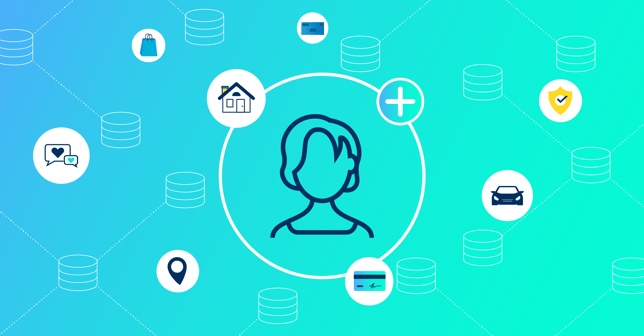
Brands that have continued to grow and evolve in the face of challenging times have harnessed data across their organization, particularly in their marketing efforts. Rapid change to how consumer data is acquired and activated is forcing brands to rethink data strategy. Marketers and their partners are focused on the pending deprecation of 3rd party cookies, along with the likely shuttering of device IDs for ad tracking. The sticking point – this is often interpreted to mean they can only use 1st party data from here on out. While understandable, especially as the industry slowly explores a cookie-alternative, it is not the case. Brands can continue extending the value of their 1st party data through data enrichment.
What is Data Enrichment?
Data enrichment is the process of appending, or combining, data from other sources to 1st party data. This can include data from siloed systems within a brand’s own organization, or from external sources.
External data sources fall into one of two categories based on the type of data assets being leveraged. When consenting parties are sharing and leveraging their 1st party data it is referred to as 2nd party data. This can exist as a 1:1 partnership, or in a cooperative environment, where multiple 1st parties can build a collaborative data set. Third-party data is typically sourced from many different public and proprietary sources, including cookie-based web behavior data. Brands use 3rd party data in digital platforms such as DMPs to augment their own cross-channel digital data and build a more robust customer profile. This use case doesn’t enrich offline data and will be limited in the near future due to the changes with 3rd party cookies. Customer data platforms (CDPs) promise cross-channel 1st party data management (offline + digital), but the options for enriching with other sources are currently limited.
Data enrichment provides more flexibility and customization than these platforms. It can deliver a more holistic customer view that will impact all stages of the customer journey, from the top to the bottom of the funnel.
Why Invest in Data Enrichment?
1st party data is a brand’s most valuable asset, but it has limitations. Understanding more about customers results in more effective engagements. Consider a first-time t-shirt buyer – where the retailer captures a small set of data on this new customer: name, address, email, t-shirt size, and a Star Wars affinity based on SKU. With predictive models, the brand might be able to forecast common behaviors for this consumer based on other first time t-shirt buyers; when or what they might purchase next or how much they might spend. But their limited view of t-shirt buyers might not be enough to move these consumers through a high-impact customer journey that results in repeat purchases and high customer loyalty.
Imagine a scenario where at the time of purchase, a real-time API provided by a data partner returns a handful of other helpful attributes, such as the customer’s propensity to buy specific brands or products, their estimated household income and a suite of demographic and lifestyle information. The retailer is now empowered to customize their follow-up confirmation e-mail, future communications and product offers that will resonate with the t-shirt buyer in a way that wouldn’t have been possible otherwise.
Providing real-time, relevant customer experiences that lead to high customer loyalty is the best and most obvious reason to invest in data enrichment. However, there are other excellent, albeit less obvious, benefits worth considering.
Leveraging Prior Investments
Many brands have significant resources surrounding data organization and processing. It’s common to have in-house data scientists who build customized machine learning models, or expensive tech platforms powered by advanced ML running behind the scenes, or both. These solutions look at immense data to make accurate predictions. With a large portion of that becoming less accessible in the near future, those systems will be hungry for more, and data enrichment can keep them satiated.
Save, and Make, Money
Data storage and management is expensive. The part that really stings? Studies often find that value is extracted only from a small portion of the massive amounts of data businesses manage. With data enrichment, additional data is only appended when needed. This saves money on storage and provides confidence the added cost is being applied to deliver value. The savings can be reinvested in other revenue-driving initiatives.
Keep Up with the Speed of Change
Quick Tips for Getting Started with Data Enrichment
Convinced data enrichment should be part of your strategy? Now comes the fun part – getting up and running. Below are a few high-level steps on how to approach data enrichment.
-
- Identify Gaps and Set your Strategy
Understand what data you have, what you’re missing and what your objectives are. This requires cross-functional teaming within your organization. Involve stakeholders from different teams and identify which use cases and data sets will add the most value. Then make a determination on what type of financial and time investment you are willing to make. - Find the Right Partner
Once you know which type of data you need, it’s time to start searching. This can be easier said than done as you will be balancing multiple priorities like scale, price and accessibility. For example, you may find the perfect data set, but it may be way out of budget. Partner evaluation will take time, but quality partners will do everything they can to make the data evaluation process seamless and secure. - Activate & Measure
Once the data starts coming in you will need to measure the impact on the business. Similar to marketing campaigns, it’s important to set the right KPIs to measure upfront, ensuring they are aligned with the use cases and goals. Once proven out, data enrichment should become an integral and ongoing component of any data-driven brand’s workflow.
- Identify Gaps and Set your Strategy
Interested in learning more about data enrichment? Thousands of customizable data points are available via Alliant’s real-time API, with sub-100ms response times. Have more analytic use cases in mind? Our batch processing appends data to millions of records in single enrichment request. Contact our team to discuss flexible data packages that are tailored to meet your specific needs.






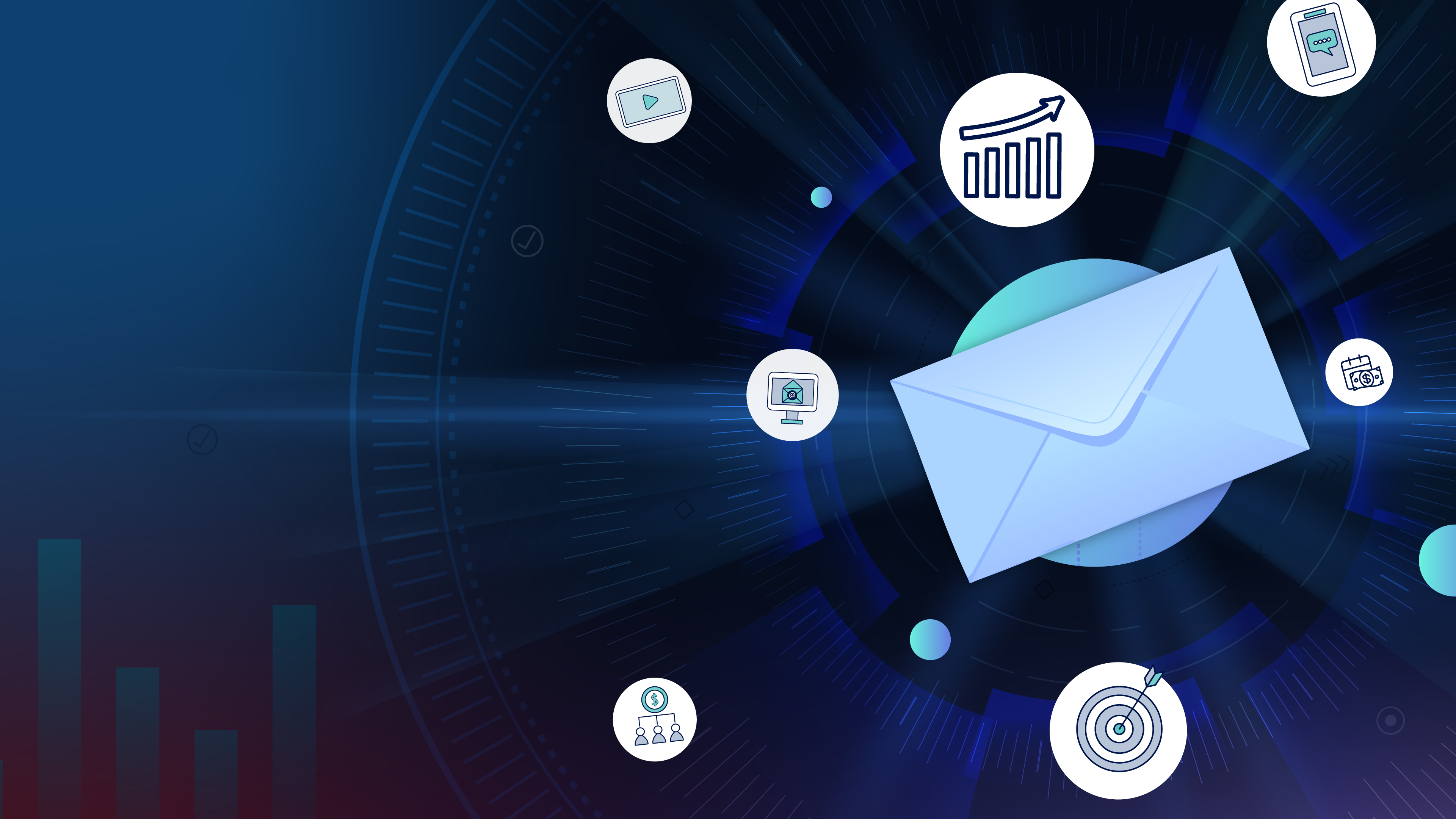
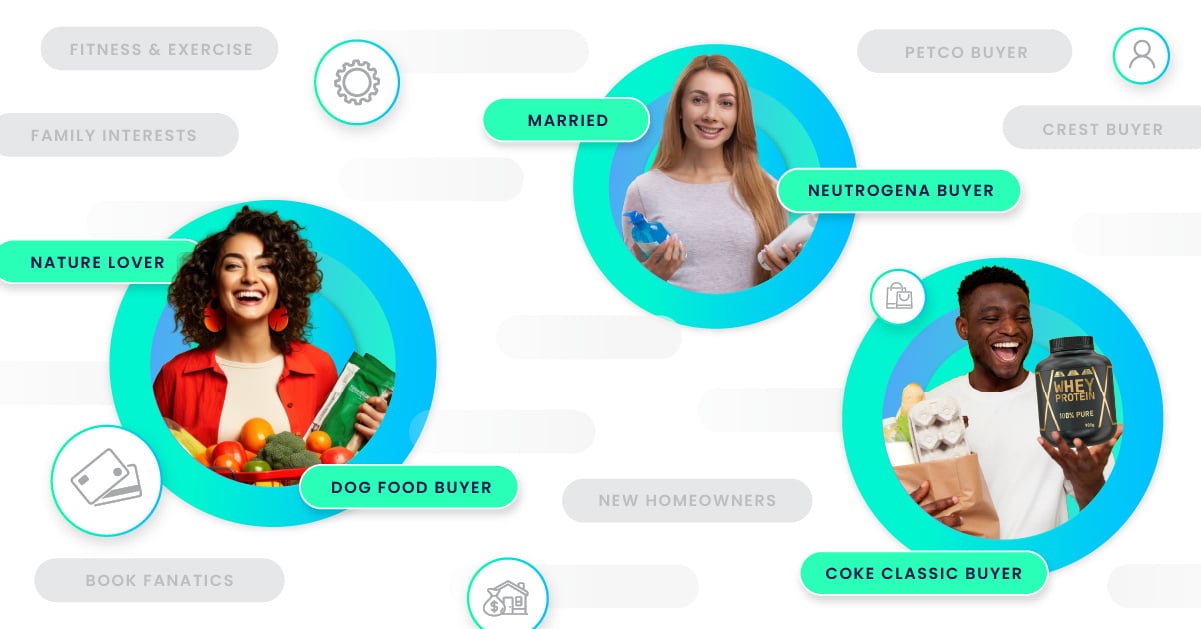











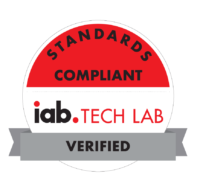
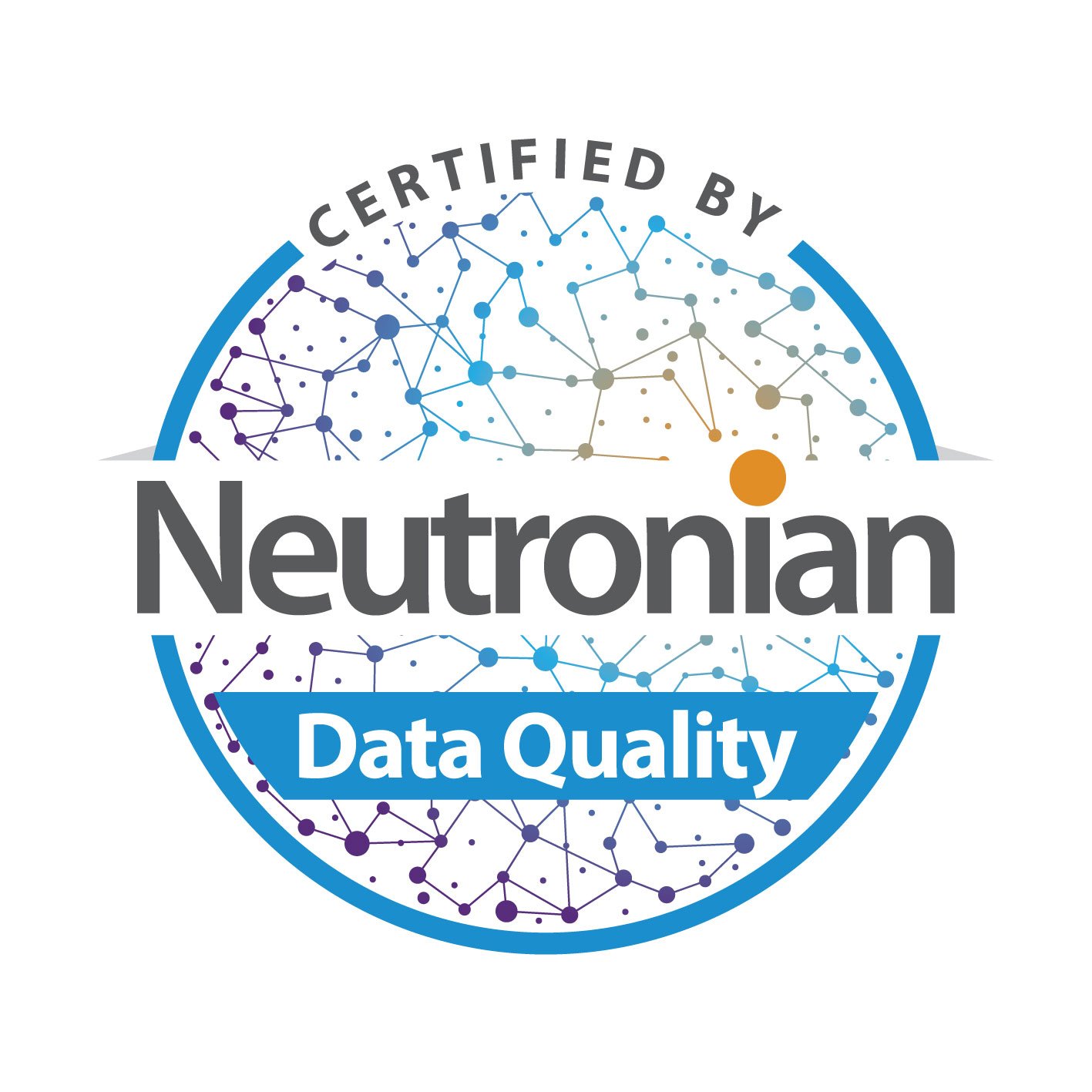
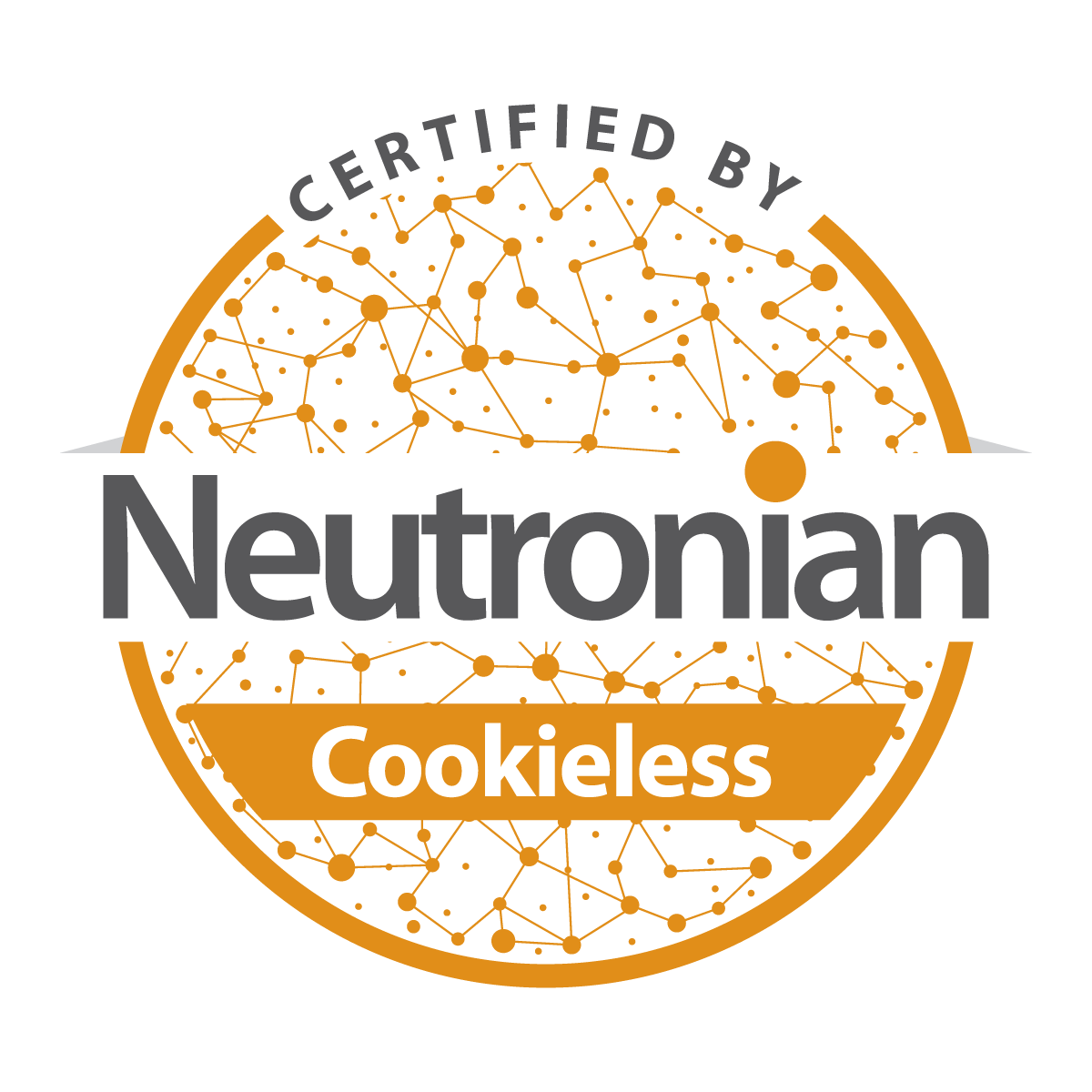
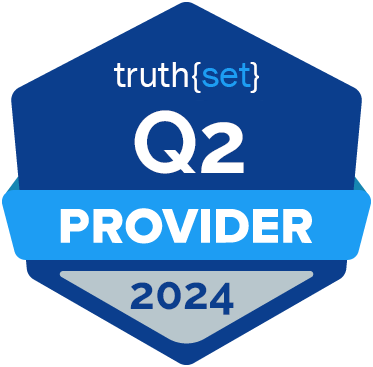







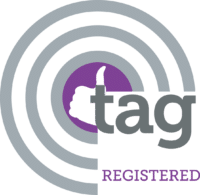
Submit a Comment